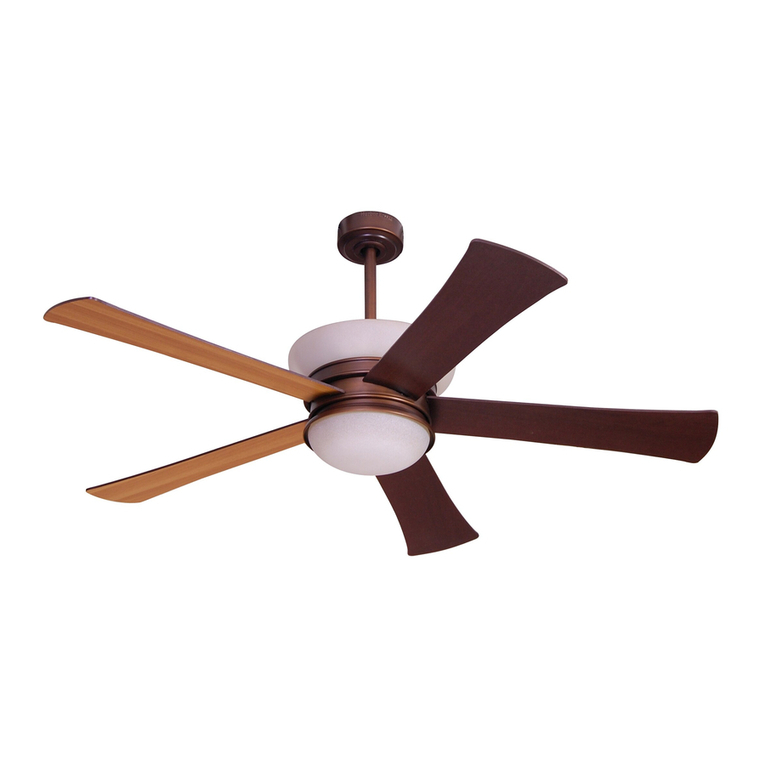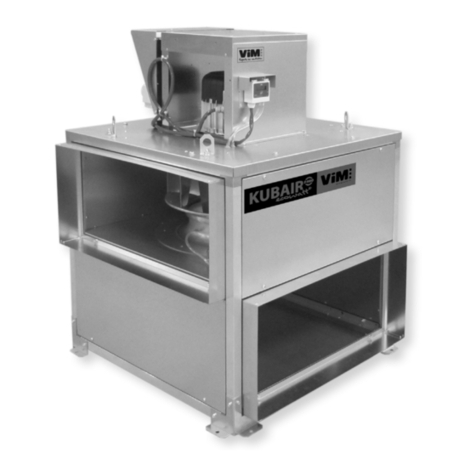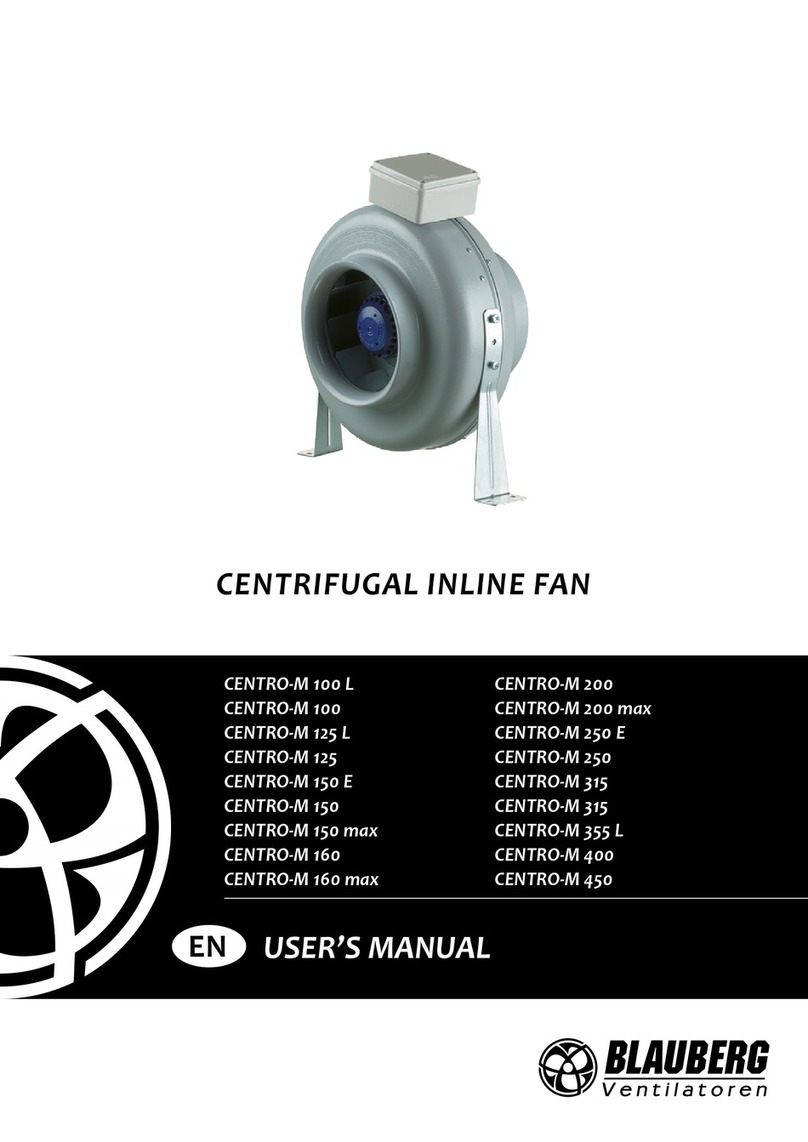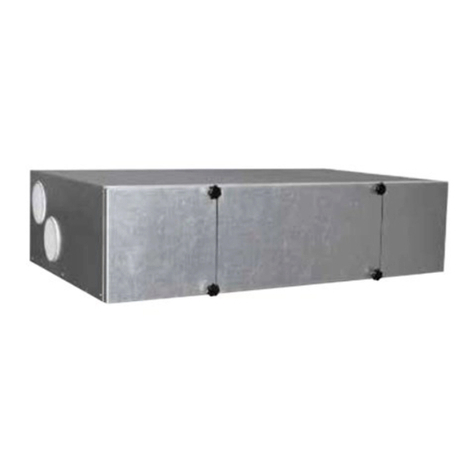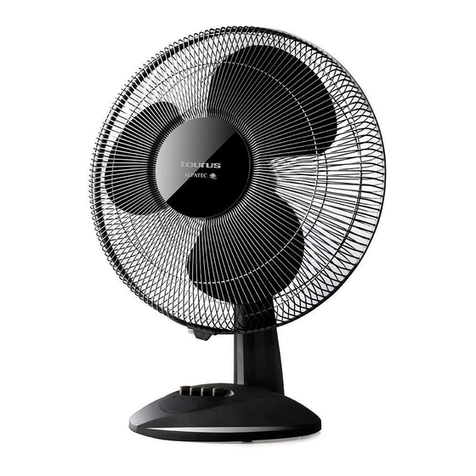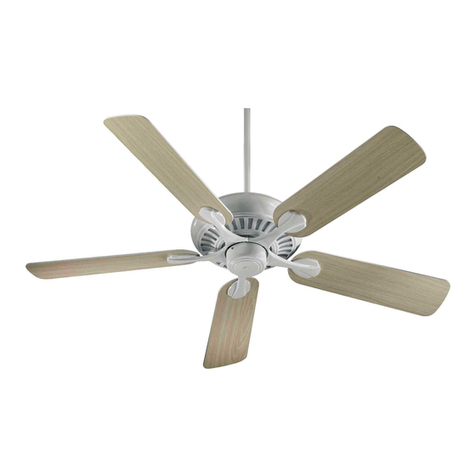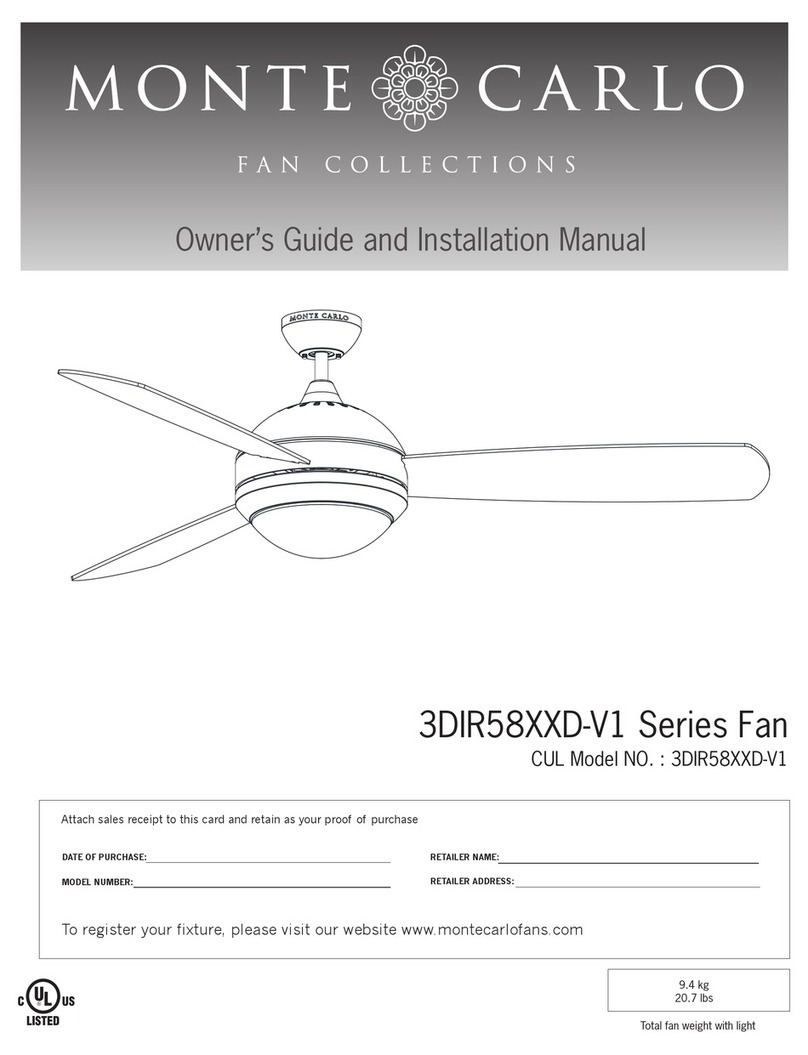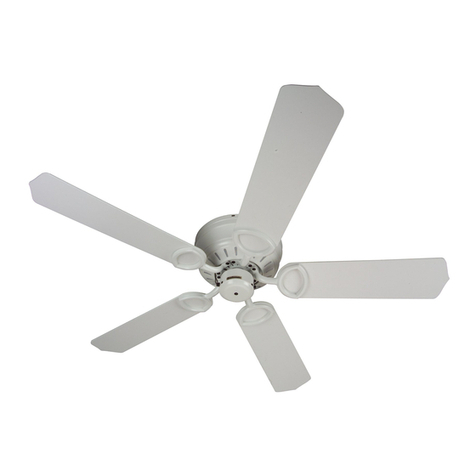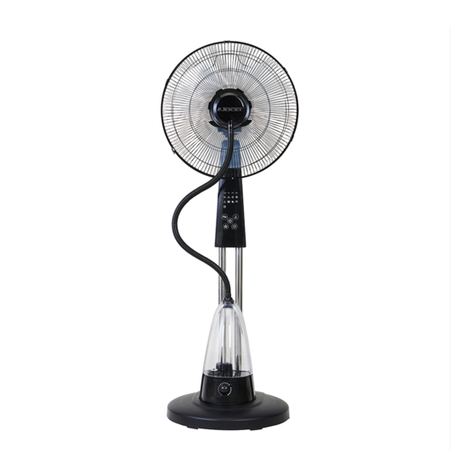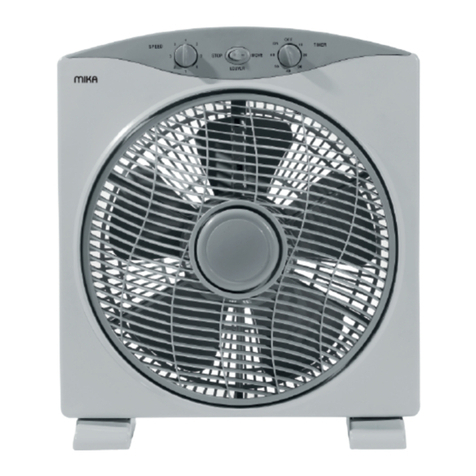
Ventilation modes............................................................................................................................ 32
Mode selection...................................................................................................................................32
Ventilation set-points......................................................................................................................... 32
Description of ventilation modes.....................................................................................................33
VCV (Volume-Controlled Ventilation)................................................................................................33
PCV (Pressure-Controlled Ventilation)..............................................................................................33
PCV (Pressure-Controlled Ventilation)..............................................................................................34
SIMV (Synchronized Intermittent Mandatory Ventilation)...............................................................35
PSIMV (Synchronized Intermittent Mandatory Pressure Monitored Ventilation).......................... 36
PSV NIV (Non Invasive ventilation).................................................................................................. 37
CPAP (Continuous Positive Airway Pressure)................................................................................. 38
Duo levels (Alternation of two CPAP levels)....................................................................................38
APRV (Airway Presure Release Ventilation).....................................................................................39
PRVC (Pressure-Regulated Volume Controlled).............................................................................. 39
PS – PRO (interlocked barometric mode, intended for use in resuscitation)................................40
Oxygen therapy................................................................................................................................ 41
CO2 Option.......................................................................................................................................43
Introduction.........................................................................................................................................43
Installing the CO2 software option...................................................................................................43
Display of pressure and flow rate curves........................................................................................ 43
Setting up the CO2 measurement probe......................................................................................... 44
Adjusting the CO2 unit...................................................................................................................... 45
Monitored CO2 parameters...............................................................................................................45
Activation or deactivation of CO2 monitoring................................................................................. 47
Calibrating the CO2 probe.................................................................................................................48
Recommendations for the use of the MASIMO IRMA™ CO2 measurement probe....................... 48
Display of pressure and flow rate curves........................................................................................49
Monitoring........................................................................................................................................ 51
Display of measurements..................................................................................................................51
Alarm settings.................................................................................................................................... 54
Automatic thresholds.........................................................................................................................56
Resetting............................................................................................................................................. 56
Alarm history...................................................................................................................................... 56
Measurements.......................................................................................58
Expiratory plateau............................................................................................................................ 58
Inspiratory plateau........................................................................................................................... 58
[R&C stat] key.................................................................................................................................. 58
P0.1 measurement key.................................................................................................................... 60
NIF (negative inspiratory force).......................................................................................................60
Manual Cycle....................................................................................................................................61
Work of Breathing (WOB)................................................................................................................ 62
Menu..................................................................................................... 63
Description....................................................................................................................................... 63
Menu structure.................................................................................................................................64
Apnea ventilation adjustment........................................................................................................... 64
TC (Tube Compensation).................................................................................................................. 65

